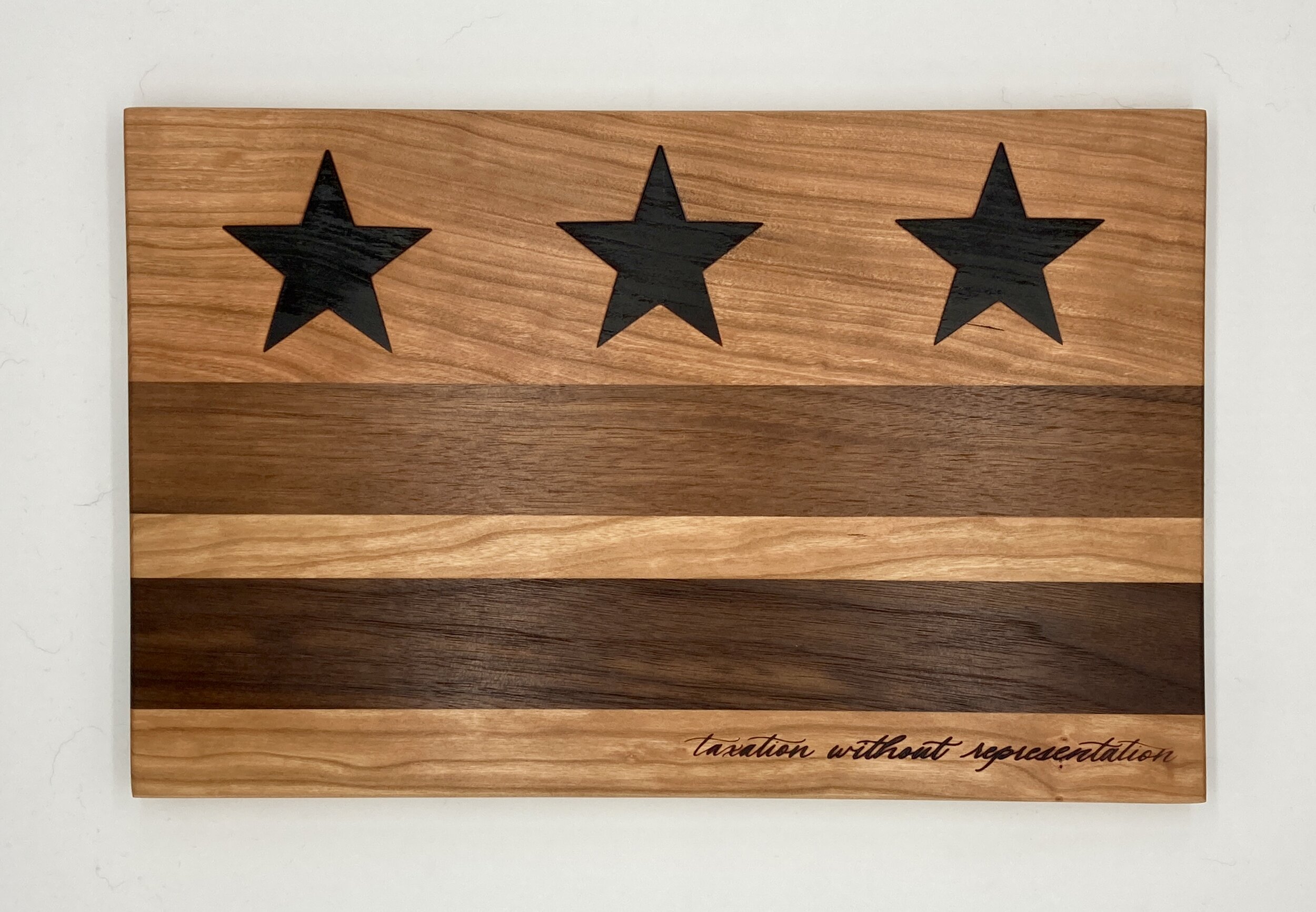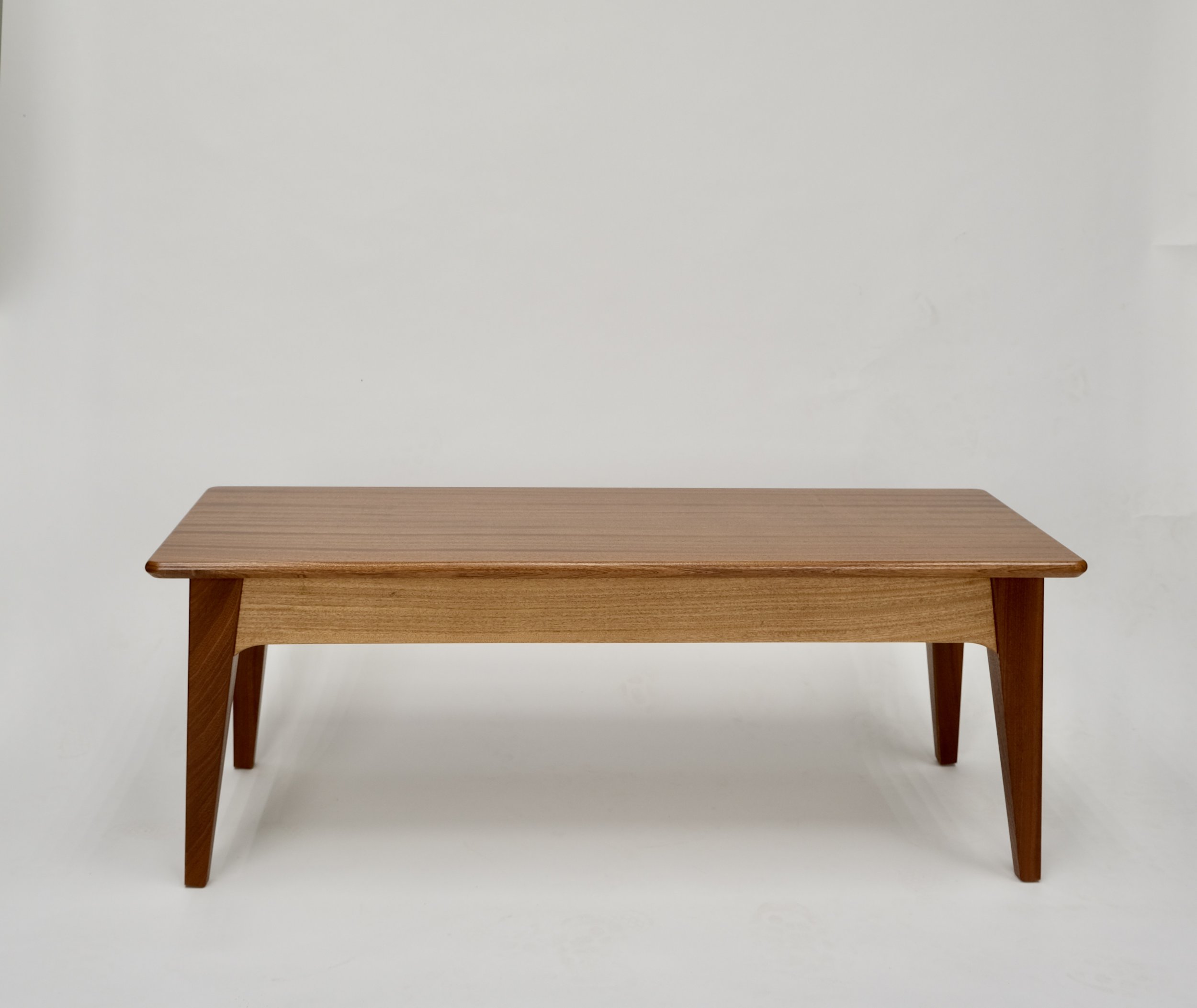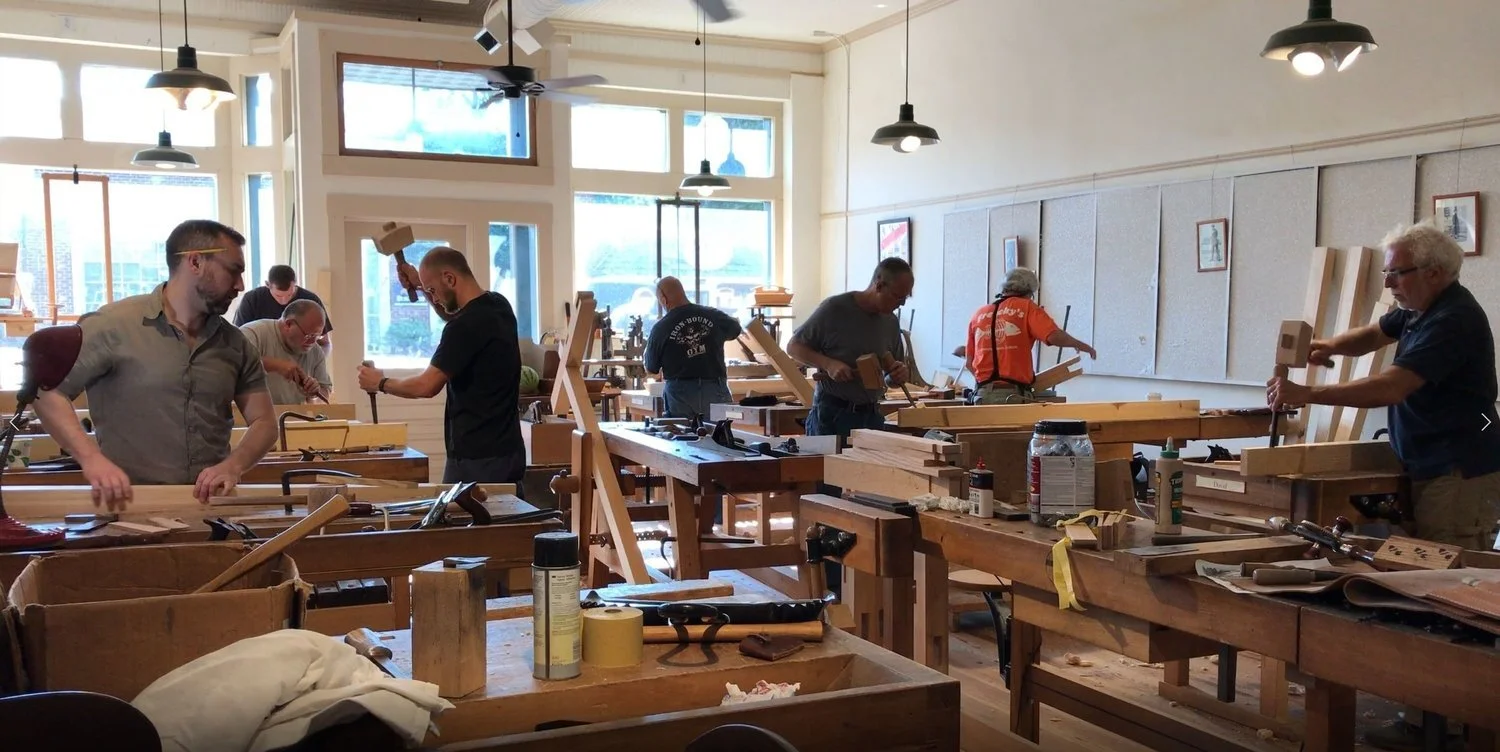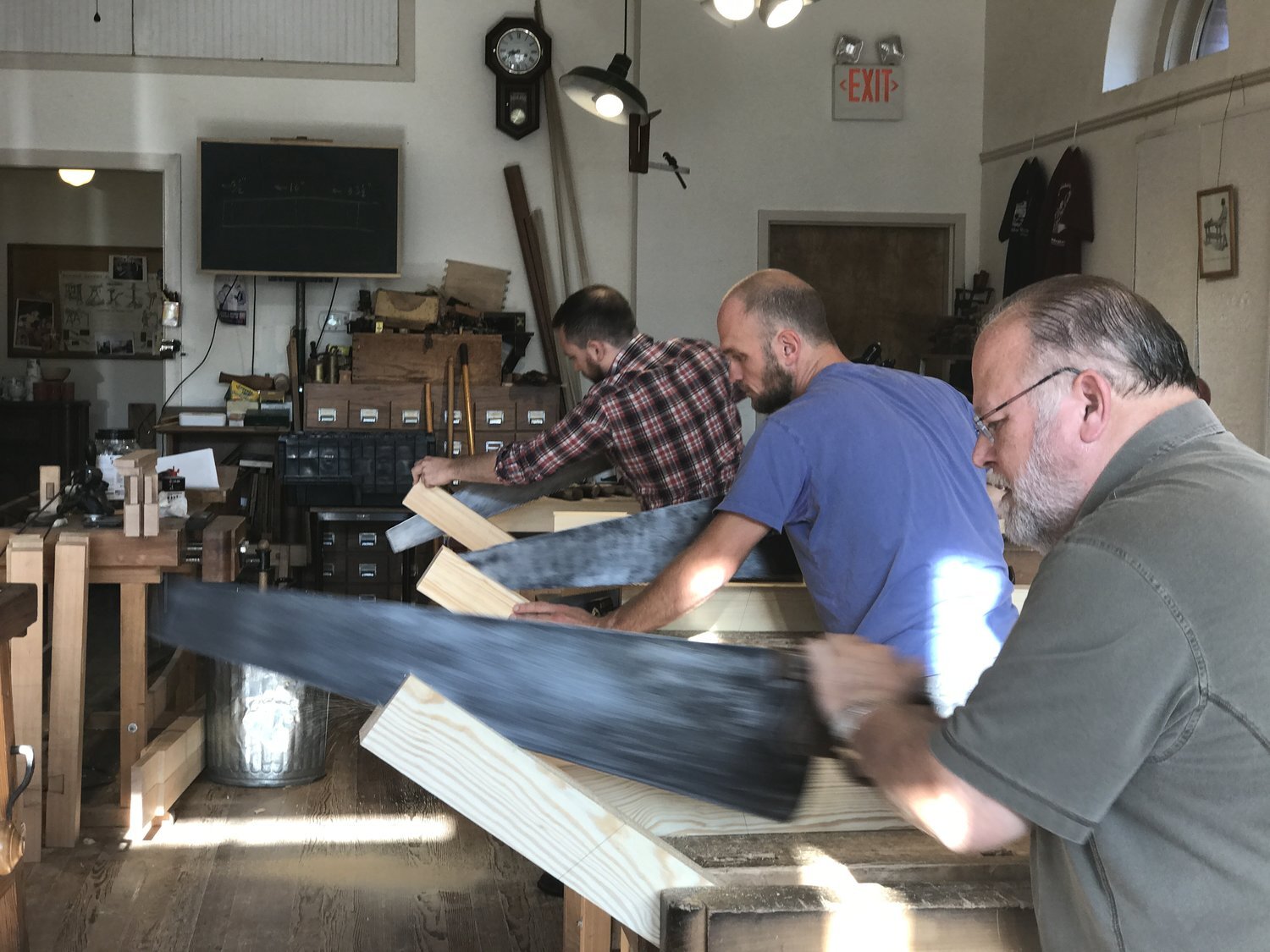This post is a retrospective on some of my favorite project challenges over the years. When I was showing my neighbor's daughters some shop activity a few years ago, their father referred to joinery as making your own puzzle pieces and then putting the puzzle together. I think it's a pretty good analogy for someone unfamiliar with the trade.
As a woodworker, I think one should understand trees. This is a basic part of understanding the medium with which we work. Understanding how the tree grew, where the knots come from, what the sap wood is...it’s all crucial to understanding why the wood looks like it does, moves as it will, and so on.
People regularly ask me how long I’ve been woodworking. The answer I usually give is that I’ve been building things my whole life but got serious about making furniture in 2009...and I think that’s accurate.
I originally drafted this on my birthday in November, but circumstances kept me from editing and posting it (you’ll see below). However, I’ve adapted it as an end of year post instead. Having been born near the end of a decade, I get to be extra reflective this time of year as milestone birthdays land at the end of decades…
My little woodworking business involves both custom furniture, and the production of smaller items, such as cutting boards, coasters, wine displays, bookmarks, etc., which I sell at retail locations, primarily a wonderful place here in DC, called Shop Made in DC.
I’ve been selling furniture and small woodworking items for many years. By some definitions, that makes me a professional. However, throughout that time, while I’ve been serious about the craft, I’ve held a day job. There were periods during that time in which I had reduced my hours in the day job, but I didn’t fully maximize that off-time for pursuit of the craft.
My little neighborhood has an active community composting project. It’s in one of the small parks one sees around DC. About a year ago, I learned that I could bring my sawdust and woodshavings there to add to the compost.
In December 2018, I was enjoying the busiest time of my woodworking career. Thanks in large part to a place called Shop Made in DC, I was selling tons of small items. The visibility of my work in that store led to other cool things: my city councilman bought gifts after seeing my work there, I got some cool commissions, and a guy named Shawn Bruce decided he wanted to make a film and feature me.
Let me first start by saying that if you consider yourself a hobbyist and feel that is a productive way to describe what you are doing (in any endeavor), then rock-on. Please read what I have to say carefully…this is not meant to deter you, undermine you, or poke fun at you…it is just me sharing some thoughts about my work.
There is an artist in DC whose work I really admire; admire so much that I own several of her original pieces. When I was first chatting with her, I asked, “is this your full-time gig.” She seemed a little annoyed but politely answered that she worked on her art as much as she could, but had other sources of employment. I didn’t understand her annoyance at first, but more recently, it has become clearer.
Several prominent people and well, most of Generations X and Baby Boom have lamented the reluctance of young people to work. In another ten years or so, Millenials will enjoy the same privilege. This is largely a generalization across all fields, but gets particular resonance in reference to the trades.
When I read Making Things Work by Nancy Hiller, I thought to myself, “I would really like to meet this person.” If you’ve read the book, you likely know why. If you haven’t, you should.
I had the good fortune of getting a spot in Will Myers’ Moravian Workbench class at the Woodwright’s school in early September. Will is a self-professed hillbilly who happens also to be a scholar of the Shakers (and possibly other things as well), an accomplished woodworker, and a talented welder and auto body restorer…the kind of guy you’d want on your team in pretty much any challenge.
I had the extremely good fortune of spending 1-5 September at Roy Underhill’s Woodwright’s school taking the Moravian Workbench class with Will Myers. It was such a good time, I thought I’d write about it to help collect my thoughts and to encourage others to try it for themselves.
Over the past several weeks, I’ve been working on a new island for our kitchen. It’s a relatively straightforward piece: two cases, side-by-side, with a few open shelves and six drawers; slab top, which is next on the list of projects.
Since I was 17 and first read No Exit, the line “Hell is other people” both resonated with me and troubled me, so I read more dark existentialist literature...and maybe understood some of it.
Doing the work is where we usually fail. We have great dreams, visions, and aspirations. Most of those lofty things remain just that, though: lofty. We are unable to overcome static friction to get moving; or we get moving but lack the momentum to persist.
I suspect many “serious” craftsman are uninterested in the cutting board game. It’s not terribly challenging; if you’re selling them, the profit margin is not huge; and if you’re making more than a few the work can get repetitive and boring, very quickly.
An inch is almost nothing; or, it's ridiculously huge...it all depends on the circumstances. Not just in woodworking, but all circumstances. If you have an inch long piece of wood, it seems pretty small, unless it's lodged in your finger, at which point, it feels like a log.
There were a lot of tricky pieces to this build. By far, the most interesting was making the individual ebony plugs. Thewoodwhisperer.com has the full video and instruction for those interested in how to do it...but for the non-woodworkers out there, know that it took over two full work days to cut, polish, and install those guys.
I've been really enjoying the blanket chest build...here are a few more photos updating the progress.
I am currently building the Greene and Greene Blanket Chest featured on thewoodwhispererguild.com. I don't usually "show my work" as I go, but the customer is interested in the process and I'm approaching this project a little bit differently than I normally work, so I thought I'd share some notes about the project as I go, and also talk about how I work.


















